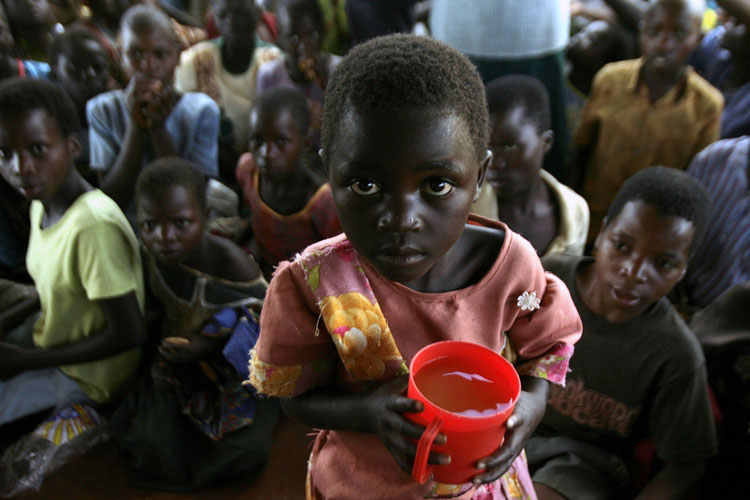Andrea Rossi was asked today on his JONP site, “when we can be told the name of the scientific journal that will publish the report you plan to present in Zurich on Sep 8.” (from e-catworld.com)
Here’s Rossi’s response:
Thank you for your important question.
My speak in Zurich will regard the report of the tests made on the 16th of July and on the 6th of August made basically for the product certification in course for the Hot Cats. This report will be published by thechnical and specialistic publications after the 9th of September, by the scientific journalists who will attend the meeting.
The rigorous publication deriving from the third party validation that we will make, as I said, within October by a University will be made by the professors who will make the validation, so I do know where it will be published. Please do not ask me which will be the University, I am under NDA and, by the way, three Universities are candidates for this work, should the one that has been chosen since now will retreat for any reason. We have to respect the rules and the decisions of the Universities, who, obviously, do not depend from us. I can anyway say that the test made on the 16th of July has been made with 6 professors of 2 Universities, but unofficially: it has been a preparatory test.
I am under a strict NDA for this test, whose results will be published in the context of the Certificator’s work, not of the Universities.
From what Rossi says here, and what he has said in the past, we can expect two reports — the first one will be the one which will be published in September which is based on testing done during the certification process,and which Rossi will discuss at the Zurich Conference, and the second one will come from a University. Rossi here is exercising some caution as to which University will be publishing the second report. In the past he has mentioned Bologna, but now won’t say, mentioning three possible candidates.
Rossi has also said previously that the September report would be published in a “scientific magazine” — it looks like he is expecting journalists at the Zurich meeting to report on what goes on there. While that sounds likely, I’m not sure that we can entirely count on that happening, since we are still waiting for the Associated Press article to be published about the October 28th test last year, to which they sent a science reporter. We’ll have to see how it all pans out.
UPDATE: The University of Bologna’s Official Magazine published this statement today.
August 27, 2012
Statement by the Vice Rector for Research Dario Braga and the Director of the Department of Physics Paolo Capiluppi
Following the statements appeared in some media about an upcoming release from the University of Bologna of measurements results made on Mr. Andrea Rossi’s device called “E-cat”, the Vice-Rector for research, Professor Dario Braga, and the Director of the Department of Physics, Professor Paolo Capiluppi, reiterate to the press what was stated as early as January 2012, and that is that there is no formal relationship between the University of Bologna and the EFA srl and that there are not measures underway nor scheduled on Mr. Andrea Rossi’s device called “E-cat” at the University of Bologna.
The University of Bologna restates, however, its full readiness to make available its expertise and equipment to make measurements on the production of heat from the device, at the condition that the results are public and disclosed.”


